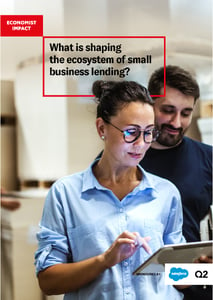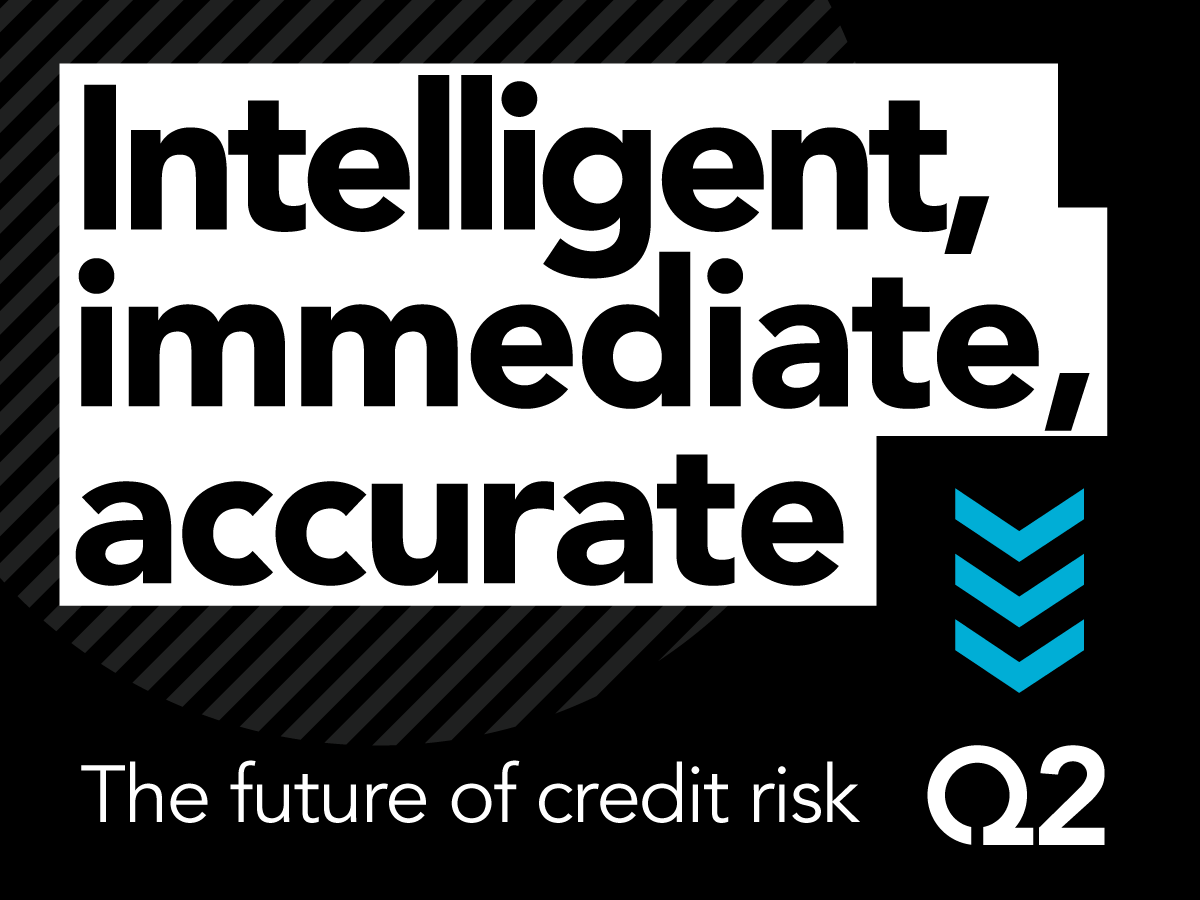By Travis Wilson, Senior Manager Banking and Lending, Q2 EMEA
I recently participated in a MoneyLive Fireside chat that debated the future of credit assessment and the growing role that new technology and data strategies can play in speeding up credit decisioning, increasing accuracy, and protecting the customer. Below is a summary of the key messages that came out of the discussion.
Pandemic influence
The pandemic had a huge impact on credit decisioning. It drove changes in borrowers’ needs and behaviors, and it upended the way lenders assess credit risk and build decision strategies. When the pandemic first struck, we had several client advisory board sessions to ensure we were supporting our clients through the turbulence.
One of the key messages that emerged was the need for credit teams to look deeper and wider into credit risk data, and the need to extend beyond one or two sources for reference checks. The environment had become more complex, and we worked with our customers to ensure that their technology infrastructure allowed them to adjust effectively and efficiently to this change. Our clients have used this opportunity to leverage technology in their favor and empower their teams to continue adjusting to a more digitally focused world.
Why do borrowers expect seamless experiences?
Customers increasingly expect banks to provide services quickly and easily. They demand the same level of service and immediacy experienced in other industries – the “Amazon-type shopping experience”, or the instant streaming services from Netflix. Customers are savvier because of these experiences, and they demand consistency across finance, be it from a business or personal perspective.
How can lenders deliver more?
Technology is the great enabler for delivering best-in-class experiences. Deployed strategically, technology can significantly improve the credit-decisioning process. I like to call this “empowering humans with the technology”. At the heart of the idea is the question, “How can we best leverage technology, to make our people more effective and ultimately more efficient?”
To expand a bit on that human element – if the pandemic has taught us anything, it’s that we still want human interaction. We don’t want it all the time, but when we do, we want it to be efficient and effective. And we’ve seen this trend in the SME banking market over last few years, a focus on re-establishing the relationship-driven banking model – reenforcing that human element in lending.
How Q2 helps
We focus on enabling better banking and lending relationships by empowering your lenders with the right technology. A simple example of this is the way we price commercial loans. How have banks traditionally shared real-time data between RMs and credit teams? They’ve used outdated technology, i.e., Excel spreadsheets. Let’s just think about that for a second: billions of pounds of loans priced on Microsoft Excel. Can you imagine how much operational risk and poor credit decisioning this generates?
But many lenders we’re speaking to are using technology to fix this pain point. With the right software, you can price loans using real-time data, update those complex pricing algorithms centrally, and push data to RMs on the front line. This helps them structure better deals based off the bank’s credit appetite. You can even use AI to coach your bankers to make better credit decisions based off that real-time loan data within the bank.
How is data being adopted to change credit decisioning? Is unconventional data the way forward?
Outdated processes and technology make it incredibly difficult to leverage data, as that data is typically backward looking, and hindsight driven. Technology that delivers actionable, forward-looking data can drive change at the point of lending, where it is most needed. How do you leverage the data that sits within your bank to drive change and make better credit decisions?
How does outdated technology affect risk within a bank?
An area that is very often overlooked is operational risk – double keying, human error, outdated and siloed pieces of software. This is where many lenders really struggle.
This is something we’re talking to banks about all the time. One source of truth – modern technology, cloud-based, API-led technology. This is how you fix operational risk, reduce the need for double keying, provide your bank with one shared source of data that both your credit team and RMs can work on collaboratively – all while providing a seamless lending journey for borrowers.
How does technology help balance better borrower experiences with cost efficiency and higher margins for the lender?
When I first started in the lending market, the main thing people were speaking about was the friction between front line and credit/underwriting staff – how that tension was having a negative impact on lenders’ bottom lines and resulting in poor customer experiences for borrowers.
But I don’t think there is a tradeoff. It’s not a matter of one or the other – experience or bottom line.
The flow from better experiences, to cost efficiency, to better margins are all interlinked. The technology that our clients are implementing is focused on that flow, from when the borrower first engages with the bank, ensuring the “Amazon” experience, to when the RM prices and originates the loan, and ultimately to the credit team underwriting the loan. Technology that creates loans that better match the bank’s lending criteria and drives efficiency naturally improves the borrower’s experience.
What does the future hold for lending?
New technologies will drive forward new ways of working. AI is a perfect example of this. Recently released Economist Impact research reports that AI is considered the most promising new technology for lenders – 43% of lenders globally and 62% in Europe agree with this.

For more about the technologies and trends shaping the lending market, check out the report here.
Thanks to all who participated in the MoneyLive Fireside chat. For more about the ways Q2 is helping lenders improve their bottom lines and borrower experiences with new technology and strategies, contact us or learn more here.





